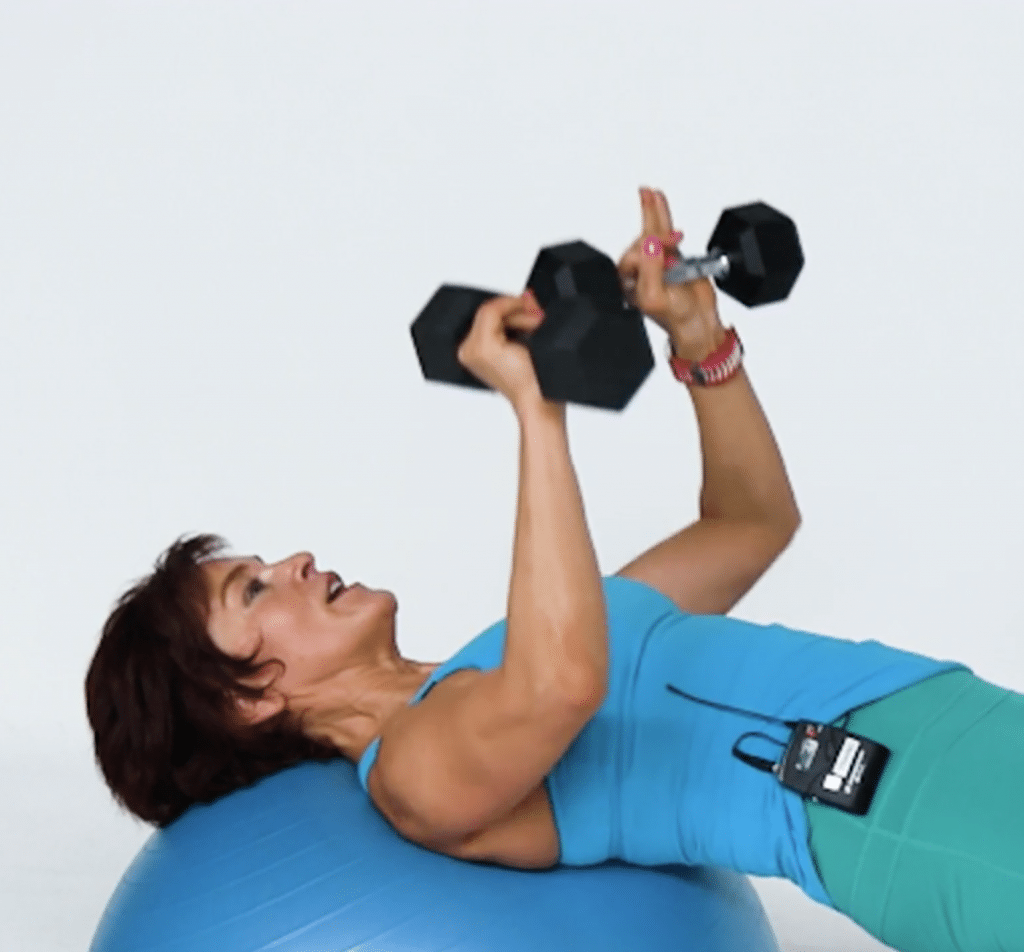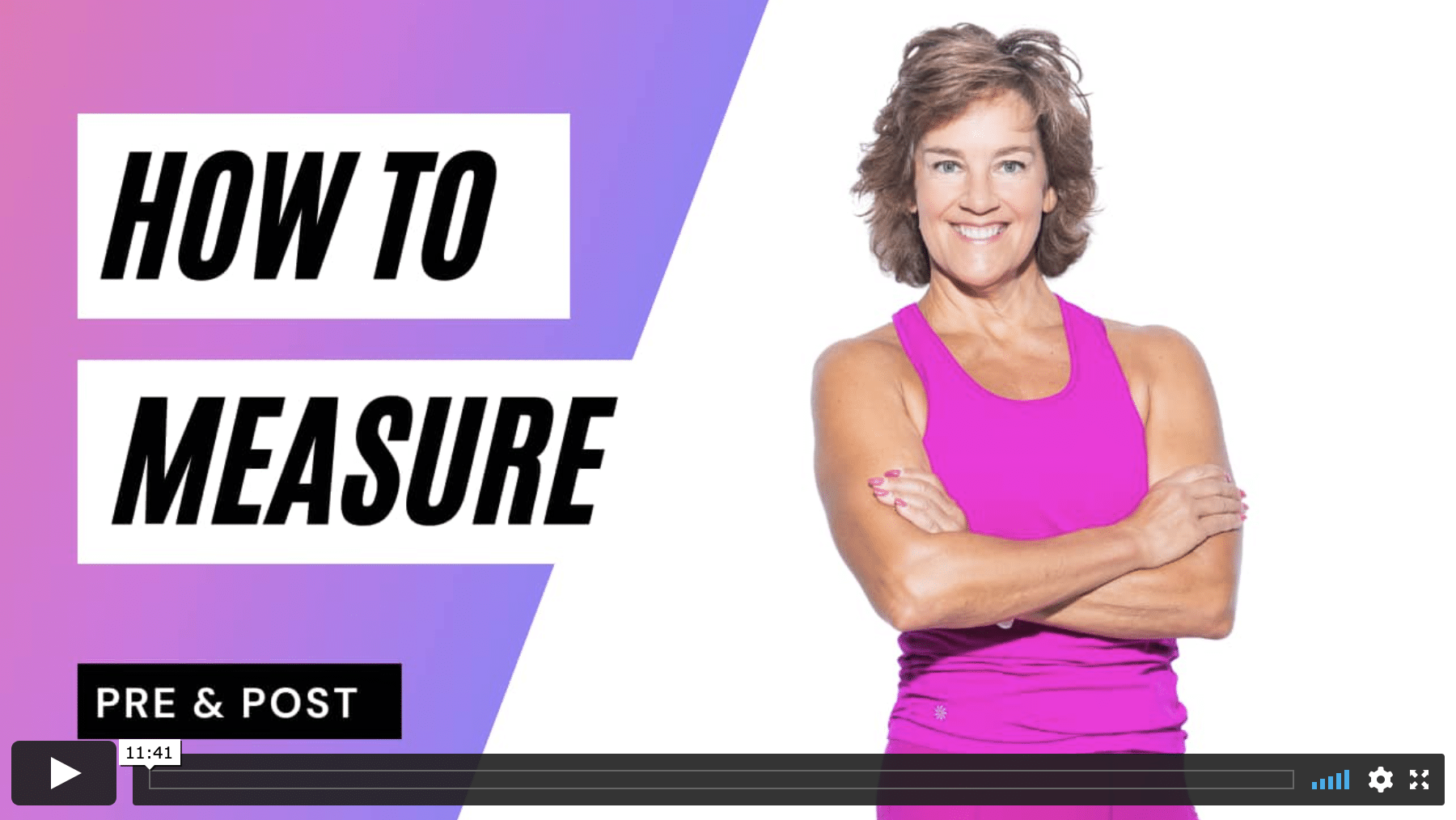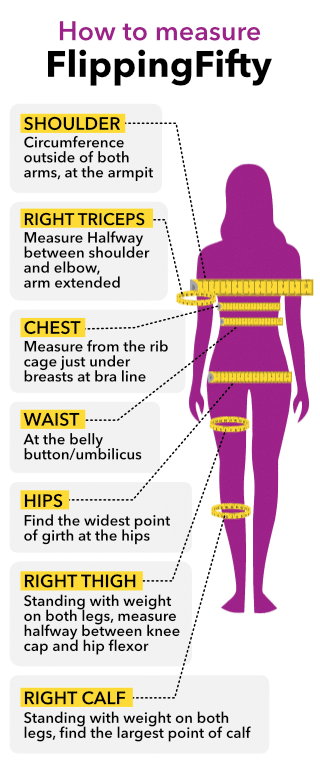What is a Keto diet?
And…Is there a specific Keto diet for women over 50?
I’m so glad you found Flipping 50 TV! This is the opening episode for season III! Share your comments with me and share the episode with friends!
In this episode I answer 61-year-old Catherine’s question, “How do nutrition requirements differ when training for an endurance event?”
A Keto Diet can be great, but it takes time.
If you want an option right now…
- The right exercise for YOUR body
- Ways to gain limitless energy
- Healthy ways to manage stress
- Exercises to strengthen your core
- How to activate the Fountain of Youth (in your real life)
Get your 5-Day Kickstart!
Minute Made
Specifically, Catherine has been following a Keto diet.
What is Keto?
A Keto diet is also called low carb, high fat – about 60-80% of calories from fat.
I want to address a few specifics of keto over 50, especially for females, and for athletes.
About 10% of calories come from carbs, 20% from protein, and the remainder from fat. From person to person, carb intakes vary – or should.
While Catherine is a woman over 50, her carb intake, while training for a triathlon, will need to be higher than someone less active.
She’ll want to be sure to consume the carbs she needs right around her training times – pre, during, and post. Otherwise, her diet can remain relatively the same, if she has already shifted her diet and low intensity training for a period of time that allowed her body to use fat at higher intensities.
Keto Diet Concerns
Proper hydration and mineral balance – for anyone, and especially a female athlete over 50 at high heat and humidity is a definite concern. Keto over 50 for a female athlete new to it, will be different than for a casual exerciser or for women not so affected by the negative effects of stress (as women in post menopause can be).
Side effects of a Keto diet
Side effects of a Keto diet can include constipation, fatigue, and frequent urination,
Weight loss is nearly immediate because you will shed water weight when you don’t eat carbs: for every 1-part carb you eat, you store about 3-parts water. As soon as you limit carbs you begin to shed that water.
Why Choose A Keto diet (also called metabolically efficient Diet)
If you teach your body to shift – (gradually) to a fat burning environment, then at higher levels of intensity, common digestive issues – as well as the need to fuel during exercise, are reduced.
The body prefers carbs, or the glycogen stored in your muscles from carbs, during exercise. That said, shifting to using fat at higher intensity exercise can be uncomfortable and a slow process, but it can be done.
At low levels of activity your body uses fat stores
Right now… at rest, you’re burning nearly 100% fat for fuel.
The harder you exercise, the more the body naturally uses glycogen first.
Why Small Frequent Meals are Not Your Best Friend
When we feed the body regularly, there’s no reason for it to burn fat. Those 5-6 small meals a day? If you want to lose fat, they’re getting in the way. There’s zero evidence that those mini meals – or grazing and snacking – burn more fat. There is plenty of evidence that shows frequent eating increases fat storage and halts fat burning.
How many more people decided to stop at fast food restaurants when drive-through was installed? They didn’t want to take time or make the effort to go in… but as soon as it was easy to drive through or get delivery fast food sales tripled. It’s the same for your body.
If your exercise progressively increases, the biggest change is going to come from your pre exercise, during exercise, and post exercise needs.
There is an increased demand from your body during recovery from exercise. During the 24 hours following significantly hard or long workouts, an increase in protein can help repair muscles.
My recommendations for exercise and nutrition… for women who are eating a balanced diet but want to lose fat or optimize their lean:
- Before long, endurance exercise at low levels – hiking, kayaking, cross-country skiing – less to eat, with focus on protein and fat.
Examples:
- Nuts and seeds
- A simple shake of almond milk and protein
- Before higher intensity exercise – a little carbohydrate with small amount of fat/protein will help fuel a strong start and continued energy for exercise at higher intensities more comfortably. During high intensity exercise over two hours plan to refuel every 60-to-90 minutes. If you’re training for a race, practice during training what you’ll do on race day.
Examples:
- Banana with nut butter
- Tortilla, hearty rice cakes, or sweet potatoes with nut butter
- Lara bar (*If you’re in your kitchen: eat real food)
Triathlon and hiking don’t have the same kind of fuel needs. You’re going to be exercising at much higher overall intensity to complete a triathlon. Fuel appropriately.
Put Back In The Things That A Keto Diet and Lifestyle Take Out
The more restrictive a diet is, the more micronutrients through food alone are restricted. A well-formulated supplement regimen can be imperative for preventing long term depletion, adrenal fatigue, or disease.
Catherine is currently doing a daily multivitamin for over 50, calcium supplement with Vitamin D, and collagen. She may want to upgrade to a multivitamin with non-compete technology, at a minimum, for any active woman. Catherine’s additional needs are based on her daily micronutrient “depleters.”
Exercise depletes micronutrients:
A, B, C E, iron, magnesium, manganese, potassium, selenium, zinc, alpha-lipoic acid, CoQ10
+
A Keto diet depletes micronutrients: B vitamins, calcium, magnesium
+
Stress depletes micronutrients: A, B vitamins, calcium, selenium, zinc, iron, magnesium, omega 3 and a few others
*This is just a partial list of micronutrients depleted to illustrate the common denominators.
Frequent training at high levels, or for long duration, both increase cortisol. Low level over 75 minutes or high intensity 45-60 minutes, begin to increase cortisol in a negative way. Overall stress reduction is really important for a midlife or older woman training for endurance events.
If retirement finds Catherine able to train with low stress elsewhere in her life, with time not training spent resting and she’s able to meet increased sleep needs she’ll experience less stress than someone working and training so that’s on her side.
Catherine reports signs of fatigue. That’s common for someone doing an endurance event. It’s also common for any woman trying keto over the age of 50, for extended periods* of time. It’s tricky to balance training progression, rest & recovery, and listen to your body. As a coach, I always want someone undertrained vs. overtrained. When in doubt, rest. Fatigue could be insufficient nutrients and or hormone imbalance.
Goals, Micronutrients, and Meals
Catherine’s goals are to reduce inflammation and time nutrition so that she has plenty of energy during training and race day. She wants to recover quickly from each workout, so that she’s ready for the next. Long term, she would want to focus on maintaining lean muscle and bone density.
Based on the earlier assessment, Catherine might want to consider how to increase the following micronutrients:
- Multivitamin taken in multiple doses
- Vitamin B, D, C, calcium, magnesium, Omega 3
After Exercise Nutrition
Nutrition timing post exercise for most older adults should be 60 to 120 minutes. For Catherine’s increased frequency and intensity of training her post-exercise smoothie or high protein meal can come sooner.
She needs 20-35 grams of protein to prevent muscle loss, moderate carbs, and fat for replenishing and antioxidants & antioxidants to reduce inflammation. Research shows older adults can benefit from exercise comparably to younger subjects if they have almost double the protein (40 gm compared to 20).
My favorite recovery smoothie is packed with all of the above. Every ingredient has anti-inflammatory properties.

Post Exercise Recovery Smoothie
- 2 cups spinach
- ½ avocado
- ¾ cup frozen cherries
- Paleo or Plant Power chocolate protein
- Cacao powder (or nibs)
- Unsweetened coconut milk
Regularly check in with your level of fatigue. If training leaves you wanting to rest and recovery the rest of the day or sleep changes such that you don’t want to get up, or can’t stay asleep: these are signs of over training in someone who normally sleeps well and wakes rested. Get all my favorite (and Flipping 50 community favorite) smoothie recipes PLUS the guide to extra superfood additions.
 Muscles in Minutes
Muscles in Minutes
Above all whether you’re exercising or training for an event you want to avoid adrenal fatigue. Adrenal fatigue is a risk if following a training program too rigidly. Listen to your body’s need for more rest between sessions and or reduce the volume and increase intensity of specific workouts.
Training for endurance events in a traditional way – with significant volume – as an older adult, along with altering nutrition – is a lot of change, potentially a lot of stress on your body, at once.
During my most recent Ironman training I wrote my own program that allowed me to keep cortisol to a minimum, and maintain body density and muscle mass, as well as balance hormones through six months of progressive training. Here’s a link to my schedule.
Make sure you keep up with some strength training both for injury prevention and bone loss from increased biking and swimming. They’re both great for muscles and health but remove the bone benefits of weight bearing activity.
Best Rest
Track how well you recover. This will tell you how well your nutrition is meeting your needs. Slow recovery signs include constant soreness, or fatigue, or reduced capacity to exercise without feeling increasing difficulty.
Take a simple resting heart rate each morning while you’re still lying in bed. Monitor what happens after long training days, rest days, and moderate days. A heart rate elevated by 5 beats over your normal for more than a few days is in indication you need to back off training and have a big recovery week.
You can also monitor heart rate variability, in other words, measure between heart-beats.
Say you have a resting heart rate of 60 bpm. You might think the time between each beat is a second, but it’s not. In fact, the more variability you have between heartbeats the better. It could be .8, 1.2 seconds and so on. The more predictable your heart rate variability the more you will do best with a recovery day instead of a training day.
It requires a special monitor and app. Both are taken first thing in the morning. Start with resting heart rate.
Another simple option is to track your sleep number, or your Sleep IQ, like I do with my Sleep Number bed. I prefer it to a wearable device. Resting heart rate, heart rate variability, and your Sleep IQ help you target your rest and training both. The first step is listening to fatigue, but if it’s daily and it’s cumulative it’s a good idea to start looking at a better balance between rest and training.
The Key Flip of the Day: You can try new things at any age.
Need help increasing your muscle? Try the 5-Day Flip with me.
Have you got a question? Send it to me at flipping50TV.com and and maybe I’ll answer your question on a future episode!
For more information about how to keto over 50 check out the book by my friend Dr Anna Cabeca.
Get your 5-Day Kickstart!
In just 5 days, you’ll learn…
- The right exercise for YOUR body
- Ways to gain limitless energy
- Healthy ways to manage stress
- Exercises to strengthen your core
- How to activate the Fountain of Youth (in your real life)
Get your 5-Day Kickstart!





